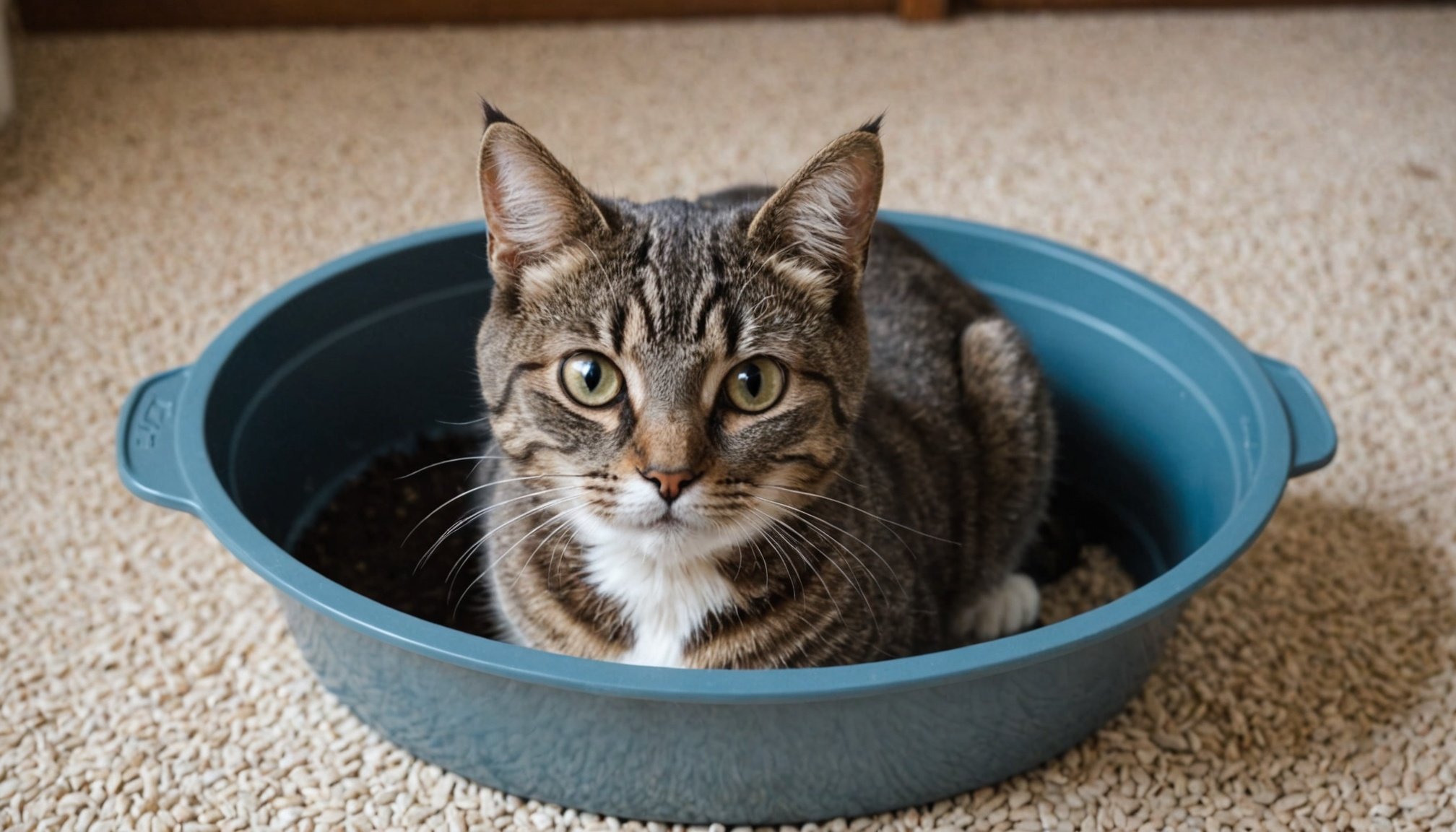As cat owners, we often focus on providing the best for our feline friends. One essential aspect of that care is ensuring their litter box is clean and well-maintained. A dirty litter box can lead to health issues for your cat and create an unpleasant environment in your home. In this article, we will explore the best practices for cleaning and maintaining a litter box, ensuring your cat stays healthy and happy.
Understanding Your Cat’s Needs
Before diving into the cleaning procedures, it’s crucial to understand your cat’s natural instincts and preferences regarding their litter box. Cats are instinctively clean animals. They prefer a clean space for their bathroom needs, and if their litter box is not maintained, they may refuse to use it. This behavior can lead to accidents around the house, which nobody wants.
Also read : How can I monitor my cat’s weight effectively to prevent obesity?
Cats have a highly developed sense of smell, and strong odors from a dirty litter box can deter them from using it. Therefore, it’s essential to choose a litter that minimizes odors. Additionally, the location of the litter box should be considered. Cats prefer quiet, low-traffic areas where they can feel safe. If your cat feels uncomfortable in their bathroom area, they may avoid it altogether.
To cater to your cat’s needs, observe their habits and preferences. For example, some cats prefer deeper litter, while others like it shallow. Watching how your cat interacts with their litter can help you make adjustments to ensure they always have a welcoming bathroom space.
Also read : How can I effectively socialize a shy cat with other pets in the household?
Daily Cleaning Routine
Establishing a daily cleaning routine is vital for maintaining a hygienic litter box. Aim to scoop the litter box at least once a day. Regular scooping helps remove waste and minimizes odors. Use a scoop with a slotted design; this allows clean litter to fall through while retaining clumps of waste.
When scooping, be thorough. Remove all clumps of waste and any soiled litter. After scooping, you should also check for any unusual signs, such as changes in your cat’s waste consistency or frequency, which could indicate health issues.
In addition to scooping, weekly cleaning is equally important. Once a week, you should empty the entire litter box. This involves discarding all the litter and cleaning the box itself. Using a mild soap or a mix of vinegar and water is sufficient for cleaning the box. Avoid harsh chemicals, as they can leave residues that may be harmful to your cat. After cleaning, rinse the box thoroughly and let it dry completely before adding fresh litter.
This routine not only maintains a clean environment for your cat but also allows you to monitor their health more closely. A clean litter box promotes better hygiene and encourages consistent use by your cat.
Choosing the Right Litter
The type of litter you choose plays a significant role in the cleanliness and comfort of your cat’s bathroom experience. There are many types of litter available, including clumping, non-clumping, clay-based, and natural options. Each type has its pros and cons, and your choice will depend on your cat’s preferences and any specific health considerations.
Clumping litter is popular because it makes cleanup straightforward. It forms solid clumps around waste, making it easier to scoop. Non-clumping litter, on the other hand, absorbs moisture but does not form clumps. Some cat owners prefer natural litters made from recycled materials such as paper or corn, which can be more environmentally friendly.
Consider your cat’s preferences as well. Some cats may be sensitive to certain types of litter, showing reluctance to use the box if they dislike the texture or scent. If you’re introducing a new litter, do so gradually by mixing it with the old litter to help your cat adjust without stress.
Furthermore, consider the size of the litter granules. Some cats prefer fine granules, while others may prefer larger ones. Observing your cat’s reaction to different types of litter can guide you to the best option for their comfort and well-being.
Maintaining the Litter Box Environment
Maintaining a pleasant environment around the litter box is just as important as cleaning it. The area should be free from distractions and disturbances. Make sure the litter box is placed in a quiet corner, away from your cat’s food and water dishes. Cats are particular about their living conditions, and placing their litter box in a busy area can deter them from using it.
Additionally, consider the number of litter boxes you have in your home. A general rule of thumb is to have one litter box per cat, plus one extra. This ensures that your cat always has access to a clean bathroom option, reducing the likelihood of accidents.
If you have multiple cats, it’s also essential to monitor their interactions with the litter box. Some cats may be more dominant and could prevent others from using it. Providing enough litter boxes can alleviate this issue, allowing each cat to have their own space.
Also, keep an eye on the litter box for any signs of wear and tear. Over time, litter boxes can develop scratches or odors that cleaning won’t eliminate. If you notice any damage or persistent odors, consider replacing the box to provide a fresh environment for your cat.
Health Monitoring Through Litter Box Maintenance
Regular maintenance of the litter box can serve as an essential tool for monitoring your cat’s health. Changes in your cat’s litter box habits can be indicative of underlying health issues. For instance, if you notice a significant increase or decrease in the frequency of your cat’s visits, or if their waste looks unusually different, it’s time to consult your veterinarian.
Pay attention to the color and consistency of your cat’s urine and feces. Healthy cat waste is typically firm and brown, while urine should be light yellow. Blood, excessive straining, or changes in odor can all signal health concerns that require immediate attention.
Moreover, as your cat ages, their needs may change. Older cats may develop medical conditions that affect their litter box habits, such as arthritis, which can make it difficult for them to enter a high-sided box. You may need to adjust their litter box setup to accommodate their changing needs.
By staying vigilant and maintaining a clean litter box, you provide a comfortable and healthy space for your cat, while also serving as an early detection system for potential health issues. Regular monitoring can lead to timely veterinary intervention, ultimately keeping your cat happy and healthy.
Cleaning and maintaining a litter box is more than just a chore; it is a critical aspect of responsible cat ownership. By understanding your cat’s needs, establishing a daily cleaning routine, choosing the right litter, maintaining the environment around the litter box, and monitoring health through these practices, you can ensure a clean and welcoming space for your cat. Remember, a clean litter box contributes to your cat’s overall well-being and happiness. By following these best practices, you not only create a healthy environment for your cat but also foster a harmonious living space for both you and your beloved pet.











